![]()
|
|
|
|
|
Stoke-on-Trent - Potworks of the week |
Winkle and Wood's Colonial Pottery, Fenton
Winkle & Co moved here in from Hanley in 1889 specifically because of it's proximity to the canal and railway (the canal was still regarded as important this late in the 19thC.) and opened their 'imposing as well as pleasing' factory off Whieldon Road (named after Fenton's great pioneer potter).
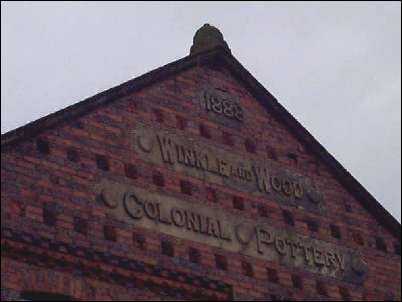
Winkle and Wood's Colonial
Pottery, Fenton
The inscription on the pediment reads:
1888
Winkle and Wood
Colonial Pottery
On the pediment on the
Whieldon Road side is recorded the
Architect as 'Elisha Jones, Hanley'
and the Builder as 'Charles Cope, Tunstall'
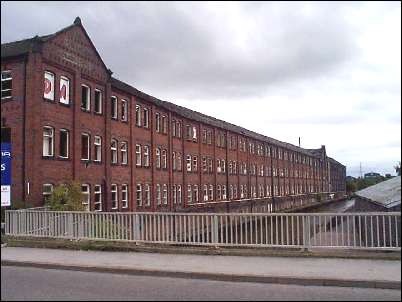
Winkle and Wood's factory situated alongside the
Trent and Mersey canal
In the foreground is Whieldon Road.
photos: 1999
The Colonial Pottery works were demolished c.2000

| In this 1960's photo of the
Trent and Mersey Canal Royal Doultonís canal side factory can clearly be
seen, (formerly Winkle & Wood),
The Dolphin pub is at the top left of the
picture. The Dolphin was demolished in the 1970ís. The Winkle & Wood works
was demolished in c.2000 © The Potteries Museum &
Art Gallery |
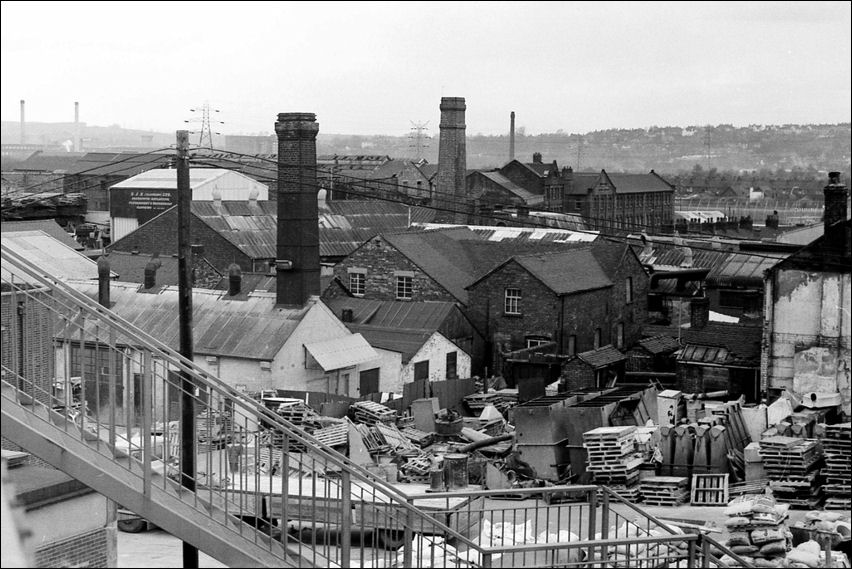
|
Looking west, Keeling & Walker's factory
dominates the foreground in this shot taken from the footbridge over the
Stoke to Derby railway line.
On the far side by the Trent and Mersey canal is the red-brick factory of Winkle & Wood's Colonial Pottery off Whieldon Road. (top right of the picture). photo courtesy: loose_grip_99 - Flickr |
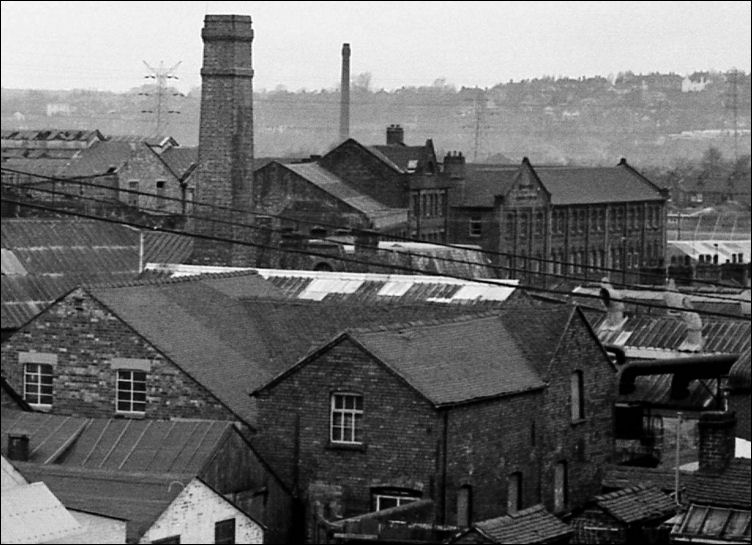
Close up of Winkle & Wood's
works
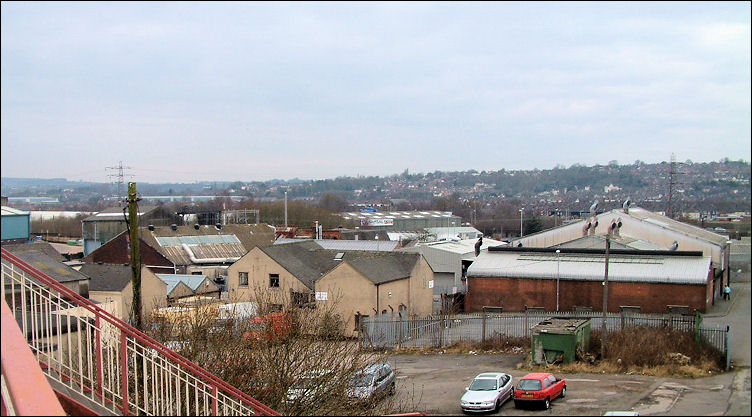
Same shot taken from the footbridge over the
Stoke to Derby railway line - 2009
|
|
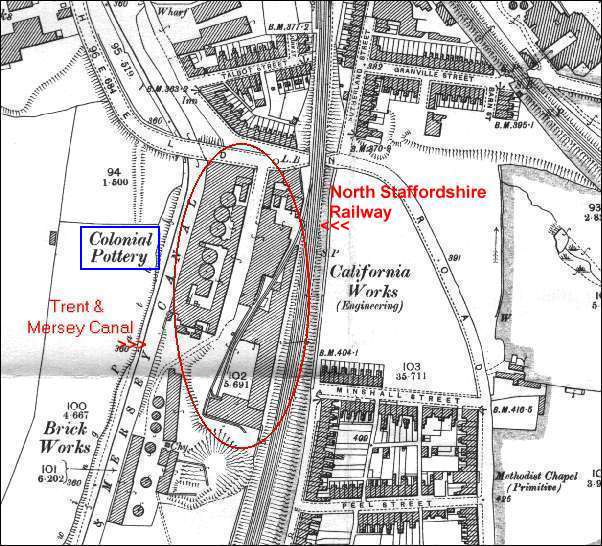
1898 map of Whieldon
Road, Stoke showing Winkle and Wood's Colonial Pottery